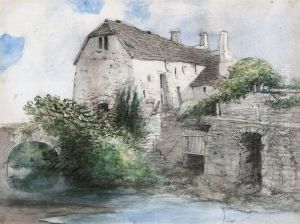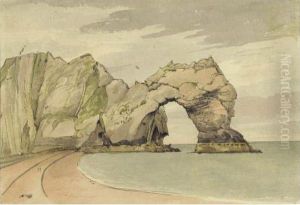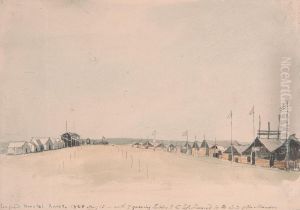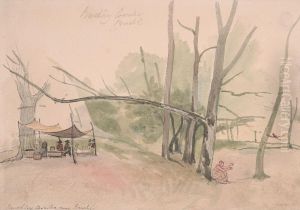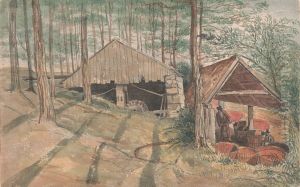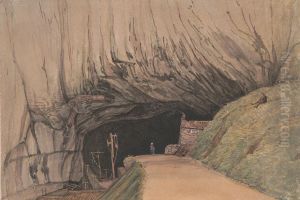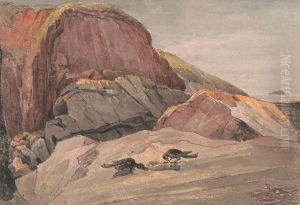George Cumberland Paintings
George Cumberland was an English art collector, writer, and amateur artist, born on July 31, 1754, in London. His early life was marked by his education and growing interest in the arts. He was not only involved with visual arts but also had an interest in literature, contributing to the Romantic literary movement with his own poetry and essays.
Throughout his life, Cumberland was an ardent supporter of contemporary artists. He was particularly known for his friendship with William Blake, whom he supported at various points in Blake's career. Cumberland's relationship with Blake was not only personal but also professional, as he commissioned works from Blake and collaborated with him on various projects. Even though Cumberland was an amateur artist, his artistic works were commendable for their time and showcased his passion for the arts.
In addition to his artistic pursuits, Cumberland was deeply involved with the British Institution, an early supporter of the Royal Academy of Arts, and a founding member of the Geological Society of London. His interests were wide-ranging, and he often wrote about art theory and criticism, contributing to the discourse of the time. One of his notable written works was 'An Essay on the Utility of Collecting the Best Works of the Ancient Engravers of the Italian School,' published in 1827, which reflected his profound interest in printmaking and collecting.
Cumberland moved to Bristol in the later part of his life, where he continued to be active in the local cultural scene until his death on August 8, 1848. Though not remembered as a leading figure in the arts, his contributions as a patron, writer, and advocate for contemporary artists were significant in fostering the artistic community in England during the late 18th and early 19th centuries.
